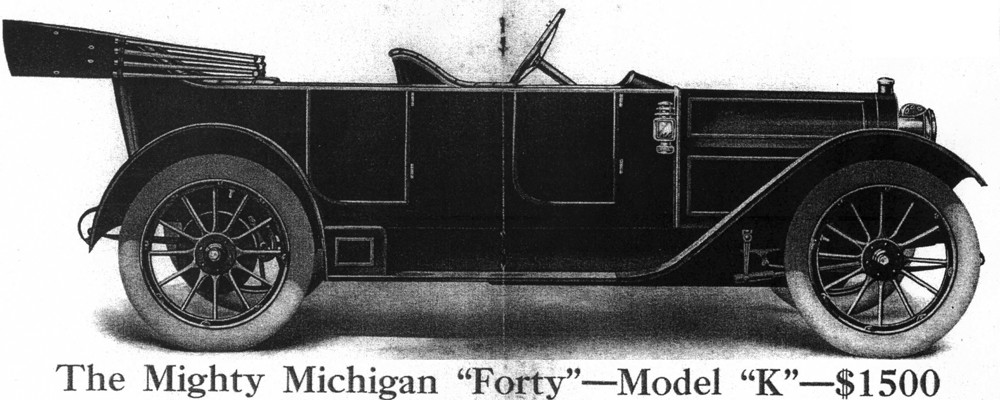 The condition of our car’s paint requires that we look at the best way to fix it.
The condition of our car’s paint requires that we look at the best way to fix it.
The right front fender has no paint. The left front fender has scratches and chips. The rear fenders have chips. All of the doors have chips, cracks and rust. Portions of the frame and undercarriage have rust and the wooden spokes and felloes are peeling and chipped. In summary, the entire car requires paint to both preserve it and to bring it up to an acceptable standard.
The first question is what is an appropriate paint type. Which is immediately followed by what color(s)?
We are informed that paints of the type used in 1912 don’t exist. They would have to be specially formulated and would not hold up as well as modern paints. Some of the modern paint systems used on cars have deep and super shiny appearance not consistent with a more authentic restoration project. A long discussion of what kinds of decision making can go into a paint selection for a car nearing 100 years old can be found at: http://stanleymotorcarriage.com/735restoration/Body/PaintSystem.htm
So far, our process of selecting a paint has just started. We have discussed keeping the car all black as it was purchased by Michael Fleck in 1912. However, we already own a black car, our 1914 Ford Model T, touring. That car is correctly black and the alternative contemporary paint choices were basically – ZERO. Fords of that era came black. (This isn’t technically true for early 1914 cars and Ford cars of the preceding years, which had a narrow factory selection of colors other than pure black.)
Because we would like to have a car other than black, the next question is – What was available from the Michigan Motor Car factory in 1912? The answer is: So far we don’t know — BUT, we do have a description of colors for the 1913 cars, which seems to indicate that they may have carried over from 1912. The source of this knowledge is a brochure put out regarding the MIGHTY MICHIGAN, which I have attached below:

Should we try for a Silver Grey or an Olive Green? Brown doesn’t impress us much. We need to see what contemporary colors actually looked like. In either case the pin stripping sounds really nice and would set the car off nicely. We will just have to see what these colors might have been. Our inspection of ACTUAL Michigan cars, only reflects two and both were sort of maroon that does not appear original in at least one instance. Other cars we’ve seen pictured are either black or a light blue.
Update: August 23, 2020
The color for our car is “deep olive green” Valentine & Co. paint chip from HCCA Gazette March/April 2005, page 32. (How we arrived here is in my blog post for Time to Paint the Body). So the colors for the car will be as follows:
Body, doors, and hood: Deep Olive Green
Fenders, splash aprons, running gear, radiator: Gloss Black
Wheels: Light Grey (same as the linoleum running boards and floor boards). We understand ALL Michigans of all colors had grey wheels.


